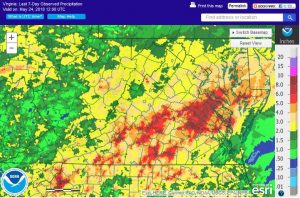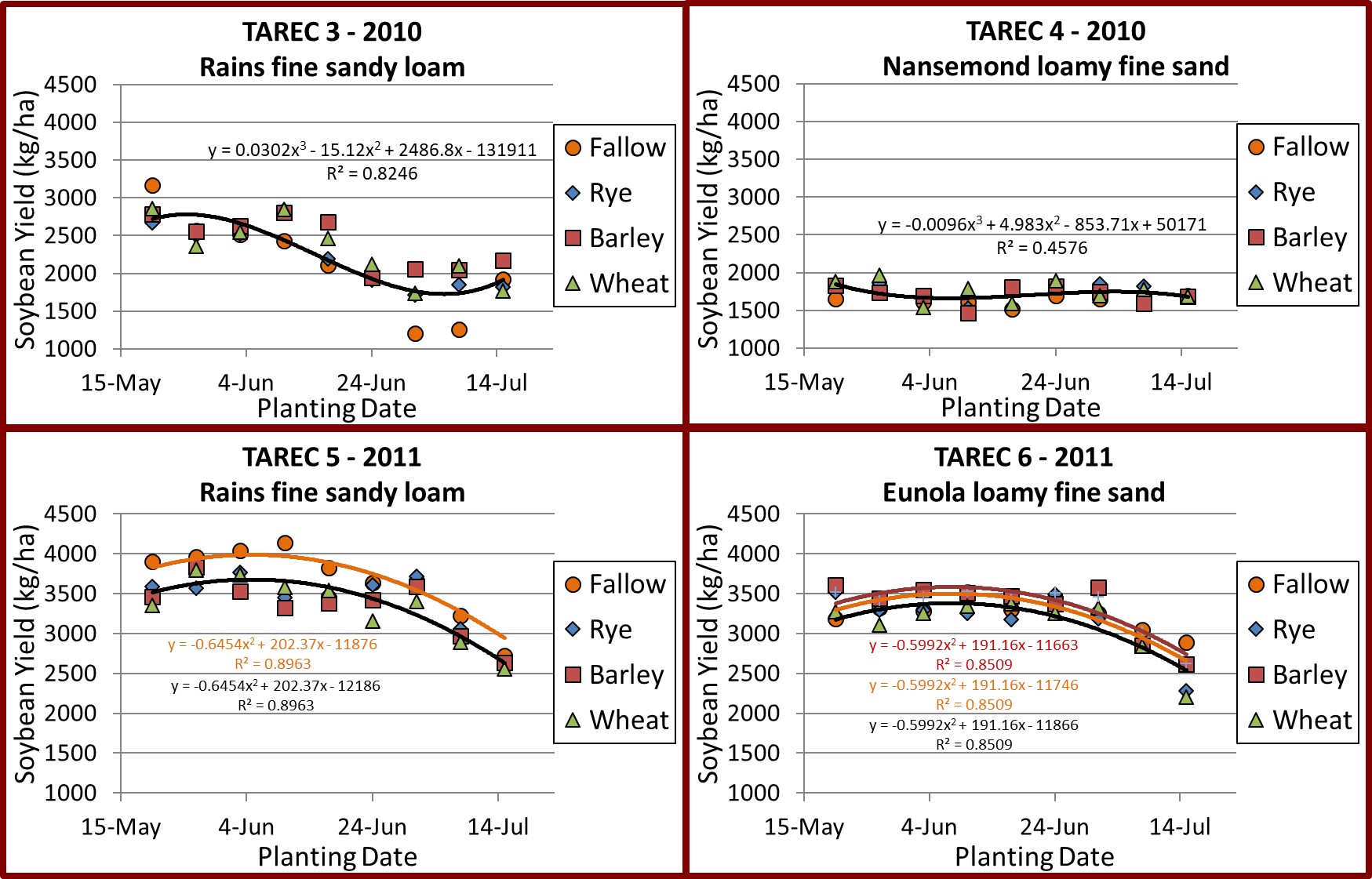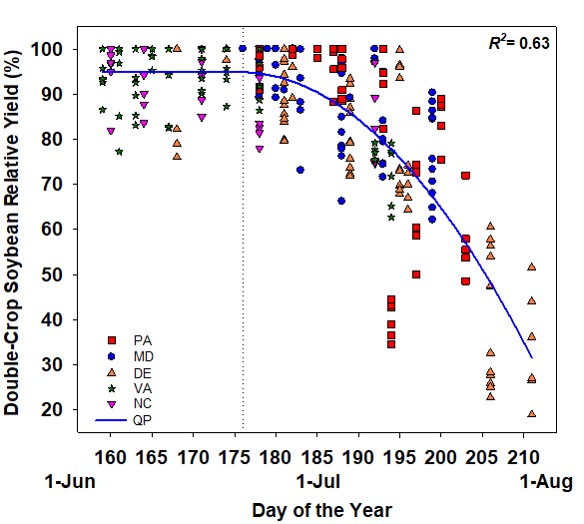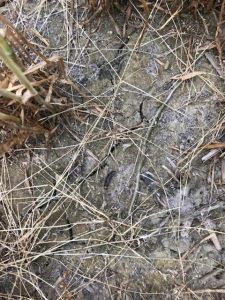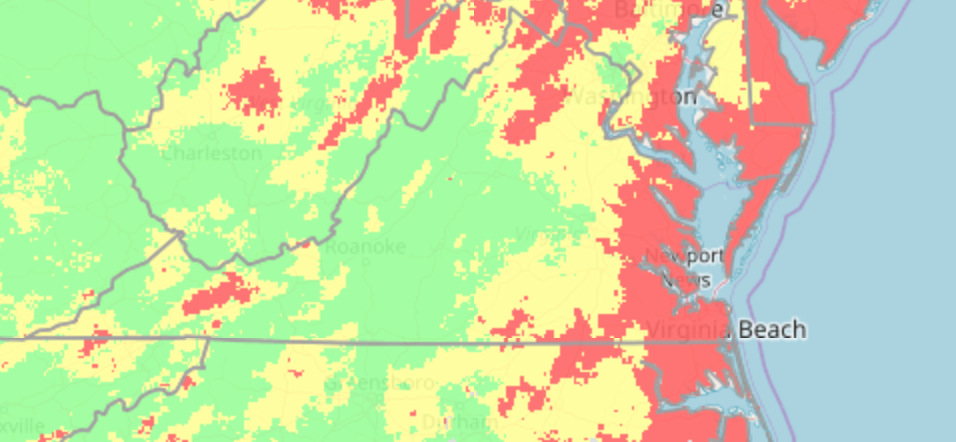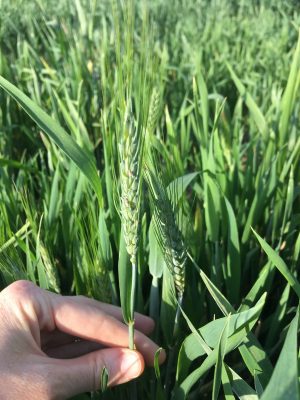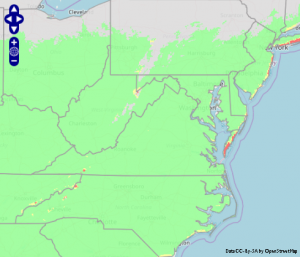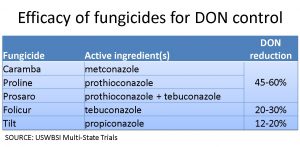Fusarium head blight (FHB) risk for Virginia continues to be to high throughout the state due to recent wet, warm weather (http://www.wheatscab.psu.edu/). Most of the wheat is past the flowering stage and no longer at risk, but later flowering wheat may still need a fungicide application. Triazole fungicides including Prosaro, Caramba, and Proline are recommended. Do not apply fungicides containing a strobilurin since this can increase DON. For wheat that is past flowering, a fungicide application will not reduce FHB or DON contamination of the grain. Grain harvested from fields with signs and symptoms of FHB should be kept separate from non-infested grain.
For assistance with disease identification or management recommendations, contact Dr. Hillary L. Mehl, Extension Plant Pathologist (hlmehl@vt.edu).


